Breakaway preview: Hands-on with Amazon's play into eSports
Breakaway is a streamer's dream: it's meant to be watched as much as it is to be played
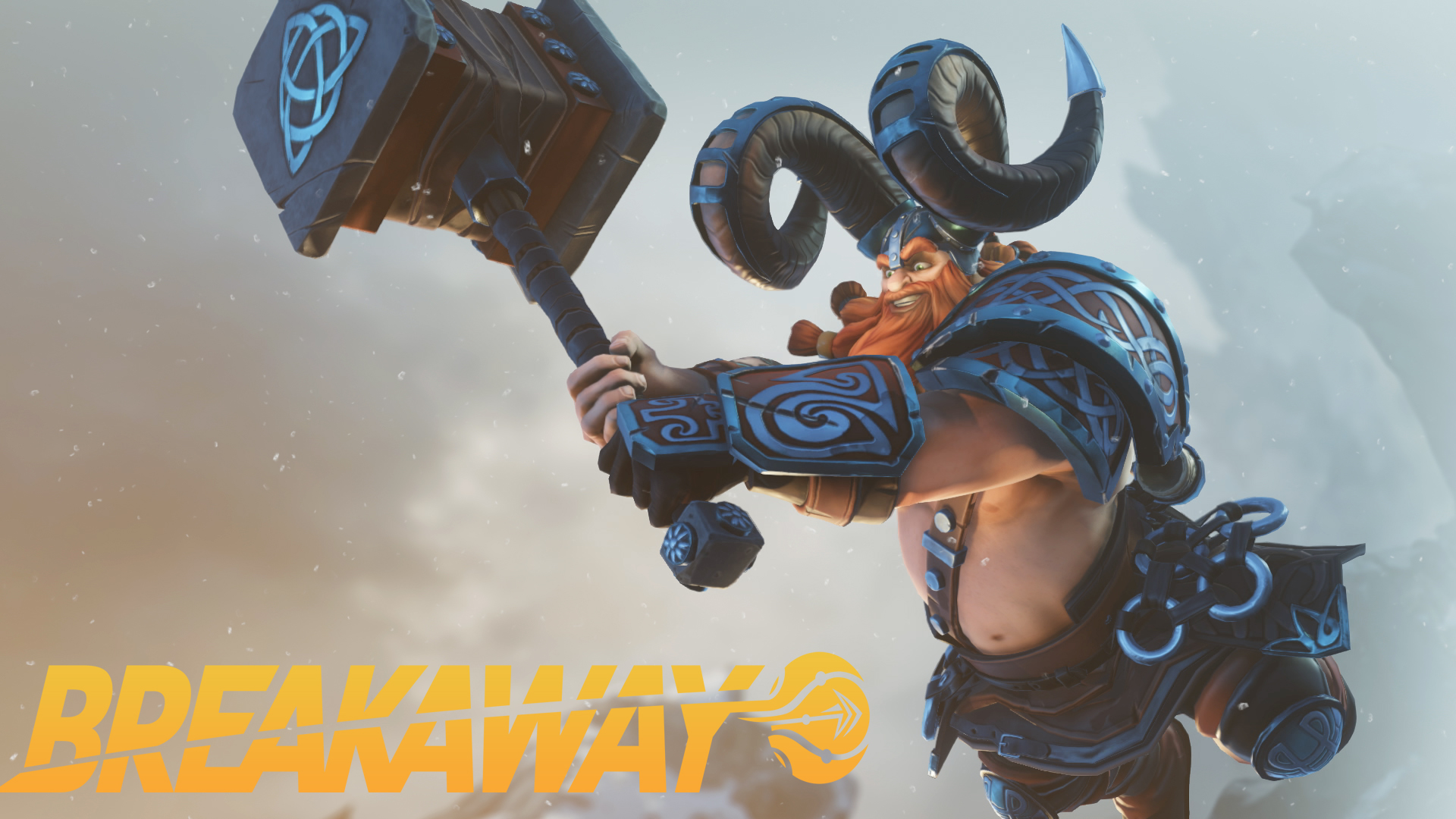
It seems like you can't look anywhere these days without some company trying to replicate League of Legends or DOTA 2's success. Character-based arena brawlers and shooters are everywhere.
In 2016 year alone we saw For Honor, Battleborn and Overwatch, and we'll soon get another with Gigantic coming later this year.
But Breakaway, the first major release from Amazon Games Studios, is a completely different story.
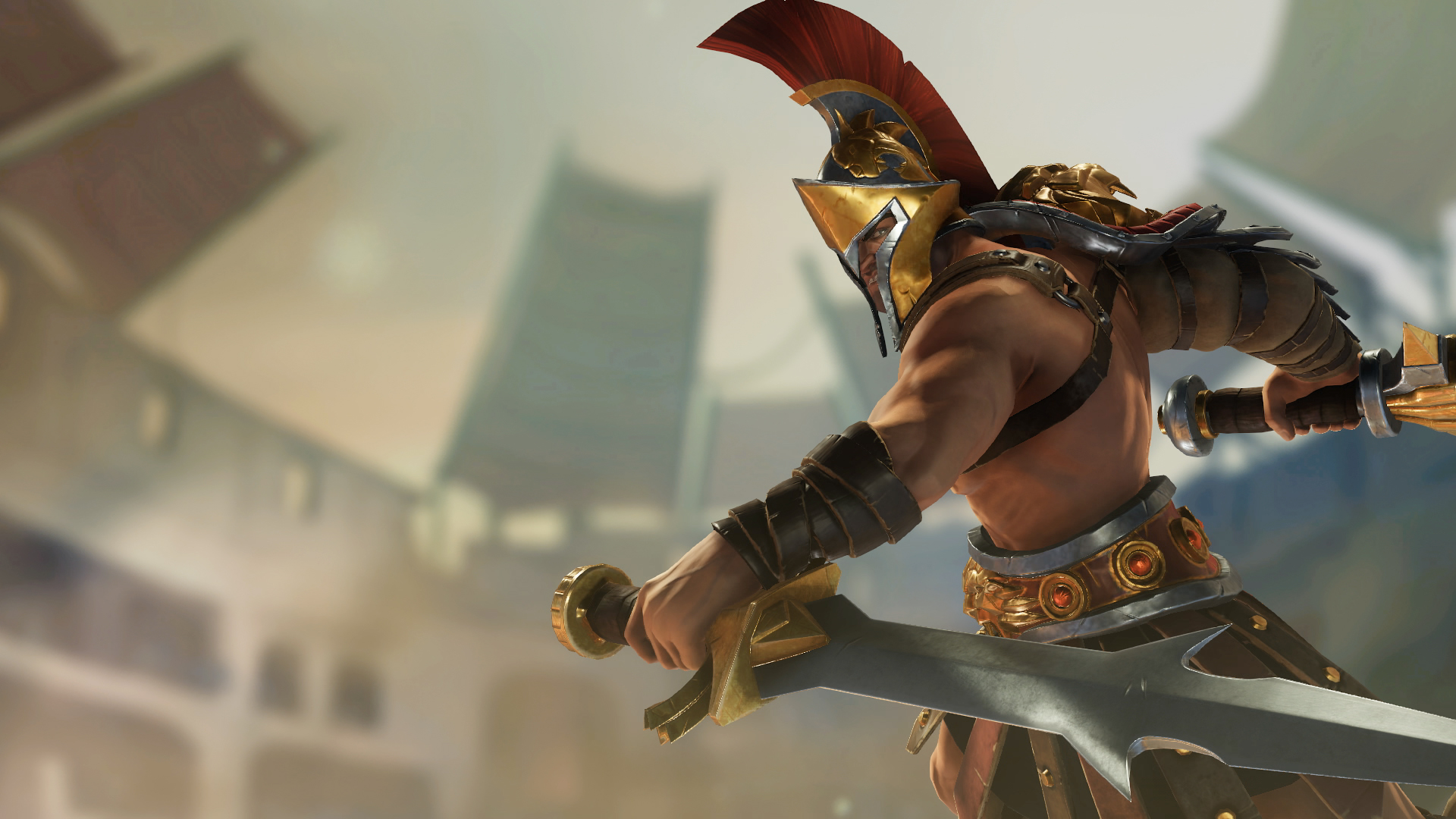
Announced at an event held the on the eve of TwitchCon, Breakaway might look like any one of those hero brawler clones – it's a 4vs4 affair where one team tries to carry a relic from the mid-way point to the opposing team's goal – but Amazon says it's been built from the ground up for streamers, by streamers.
Most of this is due to its tight integration with Lumberyard, Amazon's in-house development engine – the two were developed simultaneously with an advance in one leading to an advance in the other.
We'll dive into what, exactly, this might mean for you as a player/voyeur in a minute, but before we get to what makes Breakaway one of the most unique League of Legends offshoots ever made, let's explore how it's similar.
Battle basics
The most apt description for Breakaway's gameplay is "Rocket League of Legends," a term that a handful of people at Amazon's hands on event coined within minutes of seeing gameplay first-hand.
Get daily insight, inspiration and deals in your inbox
Sign up for breaking news, reviews, opinion, top tech deals, and more.
The idea driving the game is a simple one: don't get killed and don't let the other team score.
In itself this is no bad thing. The relatively small number of heroes are each distinct and well-defined, and using their abilities together adds to the metagame and overall strategy.
On one end of the spectrum are attacking characters like Spartacus, a Roman gladiator who plays as a straight, no-holds-barred fighter who can leap into combat and rip a support character to shreds.
On the other are support characters like Alona, a Mayan-esque priestess who can cast group heals and Morgan LeFay, a sorceress who casts damage-over-time and area effects.
Patrick Gilmore, Studio Head at Amazon Game Studios Orange County explained, "The core concept of this game was 'what would it be like to be a raiding party and steal something from somebody's fortress?'"
The core concept of this game was 'what would it be like to be a raiding party and steal something from somebody's fortress?'
Part of this whole breaking in and raiding idea also involved what Gilmore calls 'buildables,' which are essentially like something an engineer might build in Team Fortress 2.
The difference between Breakaway and Team Fortress, though, is that every character has the ability to build these structures, meaning that you're not just balancing your offensive and defensive character abilities with the rest of your team, you're also balancing the structures you're assembling.
For example, one of the characters, Rawlins, could build a mine cart that sent explosive barrels hurtling towards opponents and a small glowing switch that sprang into a caged prison when an enemy stepped on it.
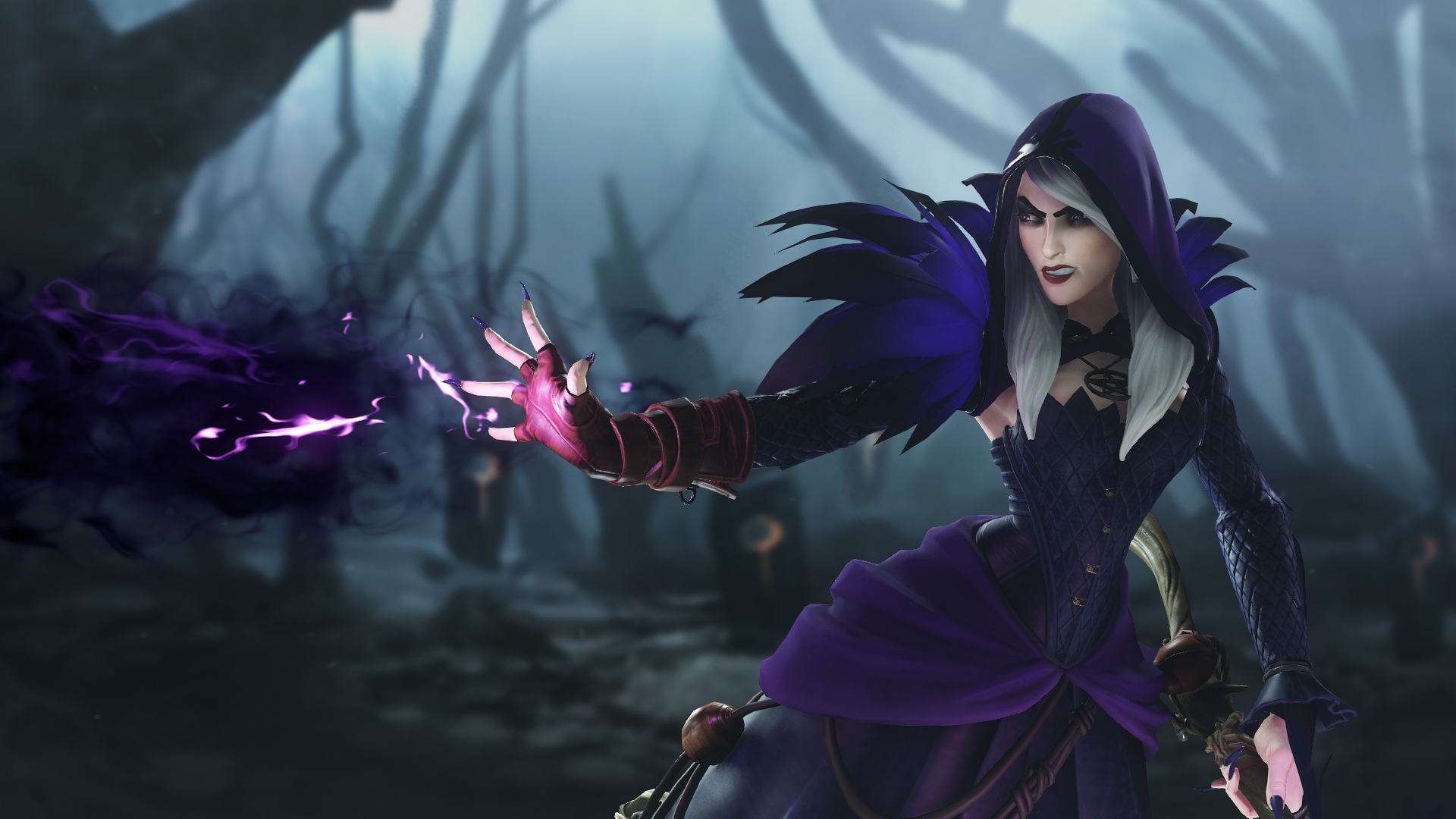
Another interesting difference are the settings Amazon Game Studios Orange County has chosen for the game – they're all out of fables or mythology. The three levels announced so far include Atlantis, Styx and El Dorado, the latter of which was available to play at the event itself.
On top of all this are items – which Gilmore says help you create "a completely unique character and an emergent strategy on the fly". In between rounds you're able to buy items using in-game currency acquired by assists, kills and scoring points. These items can boost defense or add extra health to your buildables. It's an idea that's been done to death by the hero brawler genre, so it's no surprise to see it here.
Similarly, the idea of buildables and fabled locations seems like interesting mechanics, but not groundbreaking in a way that completely separates Breakaway from the herd.
However, where Breakaway really starts to stand out from the crowd is with its Twitch integration, which comes as a result of the streaming giant's acquisition back in 2015.
One part Amazon, two parts Twitch
Standing up on stage Mike Frazzini, VP of Games at Amazon, said that a core question that the team asked themselves was "What would it mean if Twitch owned Amazon?" The result appears to have been a game that's built from the ground up to be streamed as much as it is played.
First off you have the Broadcaster Spotlight functionality, which allows a Twitch broadcaster to pick a player to be the focus of their stream.
You could be playing a random match with a couple of friends, but if a popular Twitch streamer joins, they could have their thousands of viewers watching you directly. It's a feature that's at once compelling and yet utterly terrifying.
Then you have Stream Plus, which allows viewers to place bets on certain match conditions. Given the recent controversy surrounding gambling in the Counter Strike streaming community, this announcement initially raised some alarm bells, but Gilmore was quick to allay any fears.
"When we built this system we wanted it to be about engaging with the broadcaster, and that's why it's a loyalty points system. It's game specific, broadcaster specific...so you won't be able to trade things in for material value, unless the broadcaster decides he wants to do that."
What's interesting is the way betting odds will be dynamically generated for each match. Initially any bet will have even odds, but the quantity of bets on any one outcome will skew it one way or the other. The caveat here, though, is that according to Gilmore the points will be specific to the streamer and to the broadcaster.
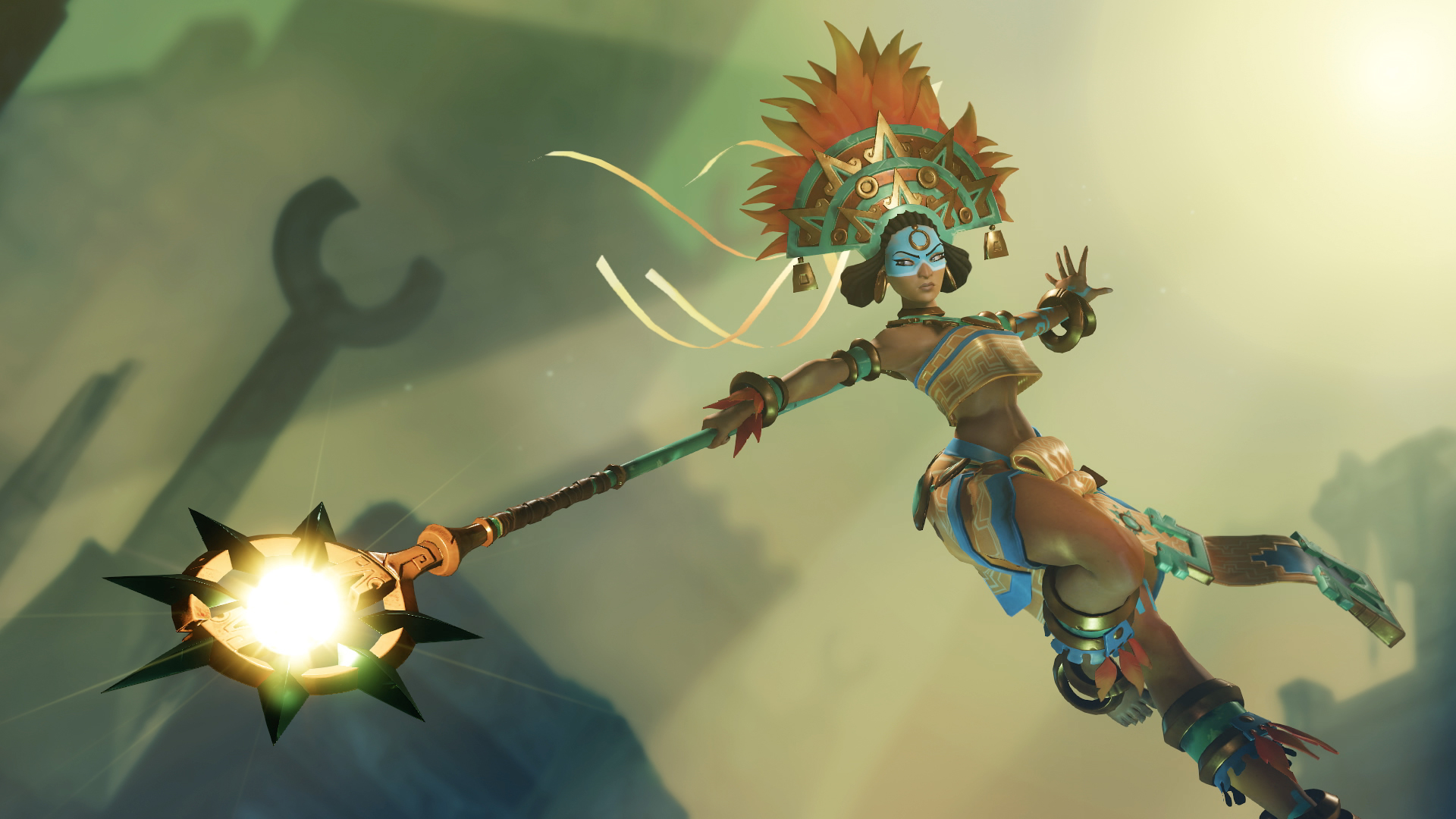
Next up is Broadcaster Matchmaker, which allows a broadcaster to take control of which teams players are on in order to set up certain matches.
Gilmore hypothesized that this could lead to mini-leagues cropping up between different broadcasters, "There is this metagame that spans Breakaway and the Twitch experience where broadcasters are like team managers and can say to one another 'Hey, you have four teams and I have four teams – we're going to set something up where we spend a week on our respective broadcasts working with our teams and then it's all going to culminate in a tournament.'"
Broadcasters are like team managers.
Finally, Metastream gives broadcasters easy access to match data to aid in their commentary. Gilmore gave an example from the event's livestream where one player had put all of his upgrade points into increasing the movement speed of his character.
Using metastream, a broadcaster would be able to pull up that data, and use it to talk through the numbers directly with their viewers.
It wasn't clear how much of this functionality came from the Lumberyard engine and how much was game-specific, but when it comes to Breakaway, Gilmore gave the impression that the two are more or less inseparable.
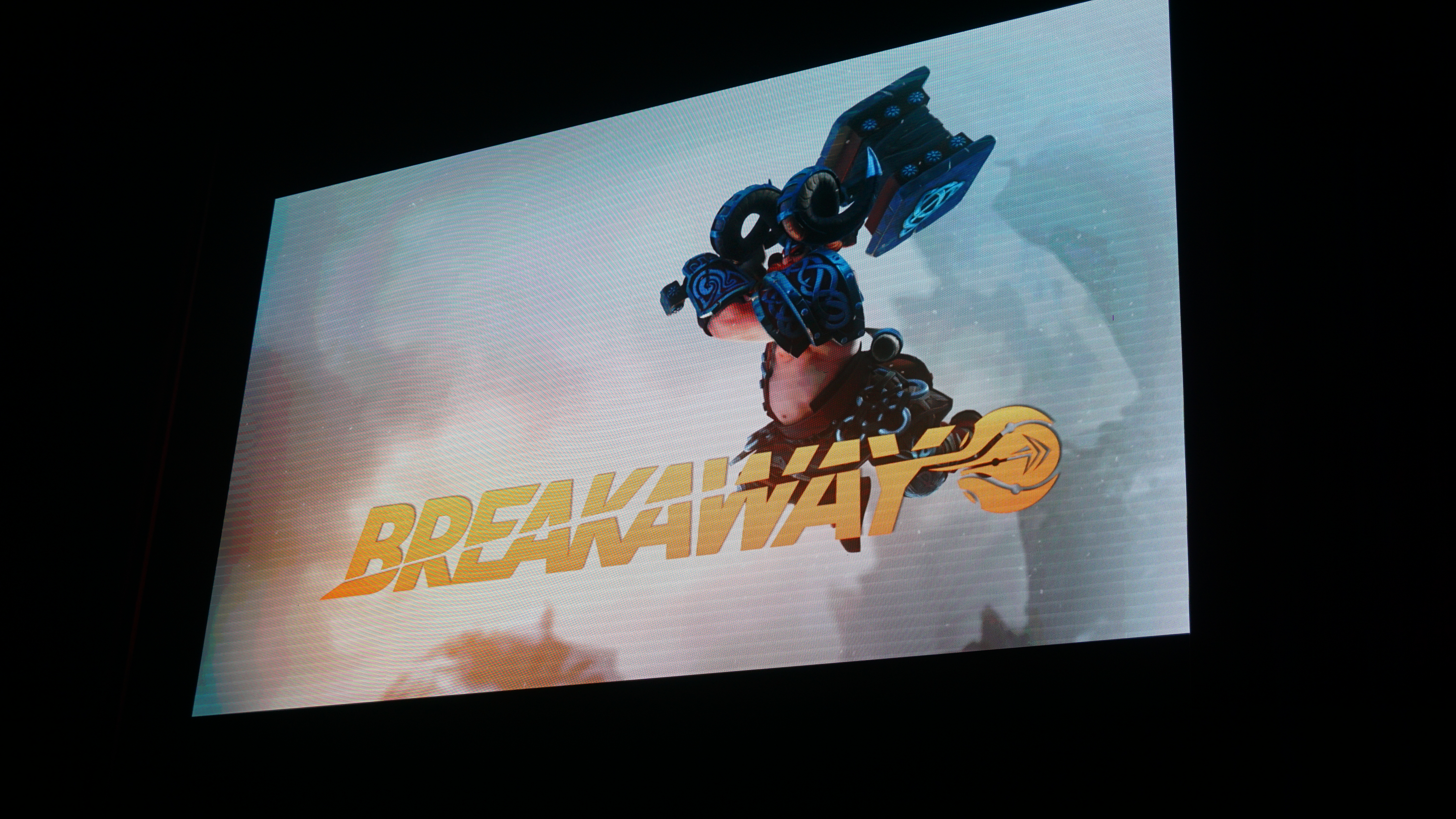
After all, Breakaway is the first game to utilise the Lumberyard engine, "the first water through the pipes" as Gilmore put it, and many of the features implemented in Lumberyard were done so in service of the game.
We wouldn't be surprised to see similar levels of integration in future Lumberyard titles, but at any rate it's clear that Breakaway has been designed to take advantage of every one of Lumberyard's bells and whistles.
With all this emphasis on unifying Amazon's various products, we were curious as to whether the Fire TV set-top box had ever been a part of the discussion. After all, its arrival was preceded by a whole host of rumors that Amazon was about to launch a games console.
"We did talk about that [the Fire TV]," Gilmore explains, "but our conversations were really around Twitch as the center of gravity...Amazon is super customer centric, and so it just didn't make sense to say that we were going to drive hardware sales. That doesn't benefit customers. What makes sense is working out where our customers are now, and how do we make games for them."
A twitchy edge to a solid game
On its own, Breakaway is a solid take on the character-based brawlers that have exploded in popularity in recent years. The capture-the-flag dynamics are fast and fluid, and the varied options presented by the buildables mechanic adds another layer of balance to team character choices.
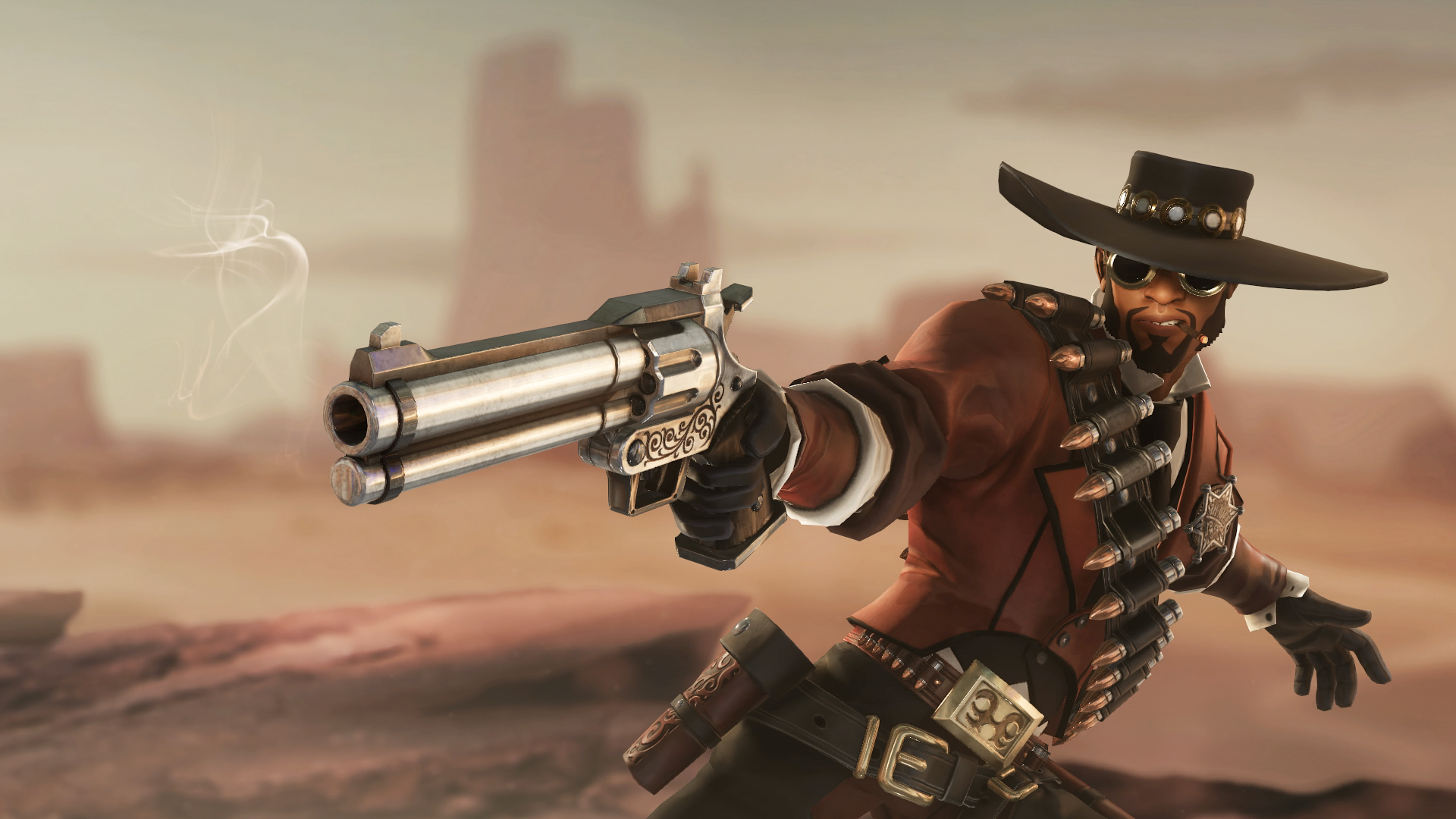
Where Breakaway gets really interesting is with the Twitch integration. The game feels almost inseparable from Amazon's live-streaming service, and feels as though its every element has been constructed with that in mind.
But all the Twitch integration in the world can't save a game that isn't fun at its core, and while it feels like Amazon is on the right track now, there's still a long way to go before Breakaway's eventual release.
An alpha of the PC title is due to start this October, with an eventual release date to be confirmed. Amazon has yet to announce whether or not this will be a free-to-play game, but Gilmore mentioned that there was a gray area between free-to-play and a full release that he believed the game could explore.
- Will Breakaway secure a place on our list of the best PC games?
Nick Pino is Managing Editor, TV and AV for TechRadar's sister site, Tom's Guide. Previously, he was the Senior Editor of Home Entertainment at TechRadar, covering TVs, headphones, speakers, video games, VR and streaming devices. He's also written for GamesRadar+, Official Xbox Magazine, PC Gamer and other outlets over the last decade, and he has a degree in computer science he's not using if anyone wants it.
